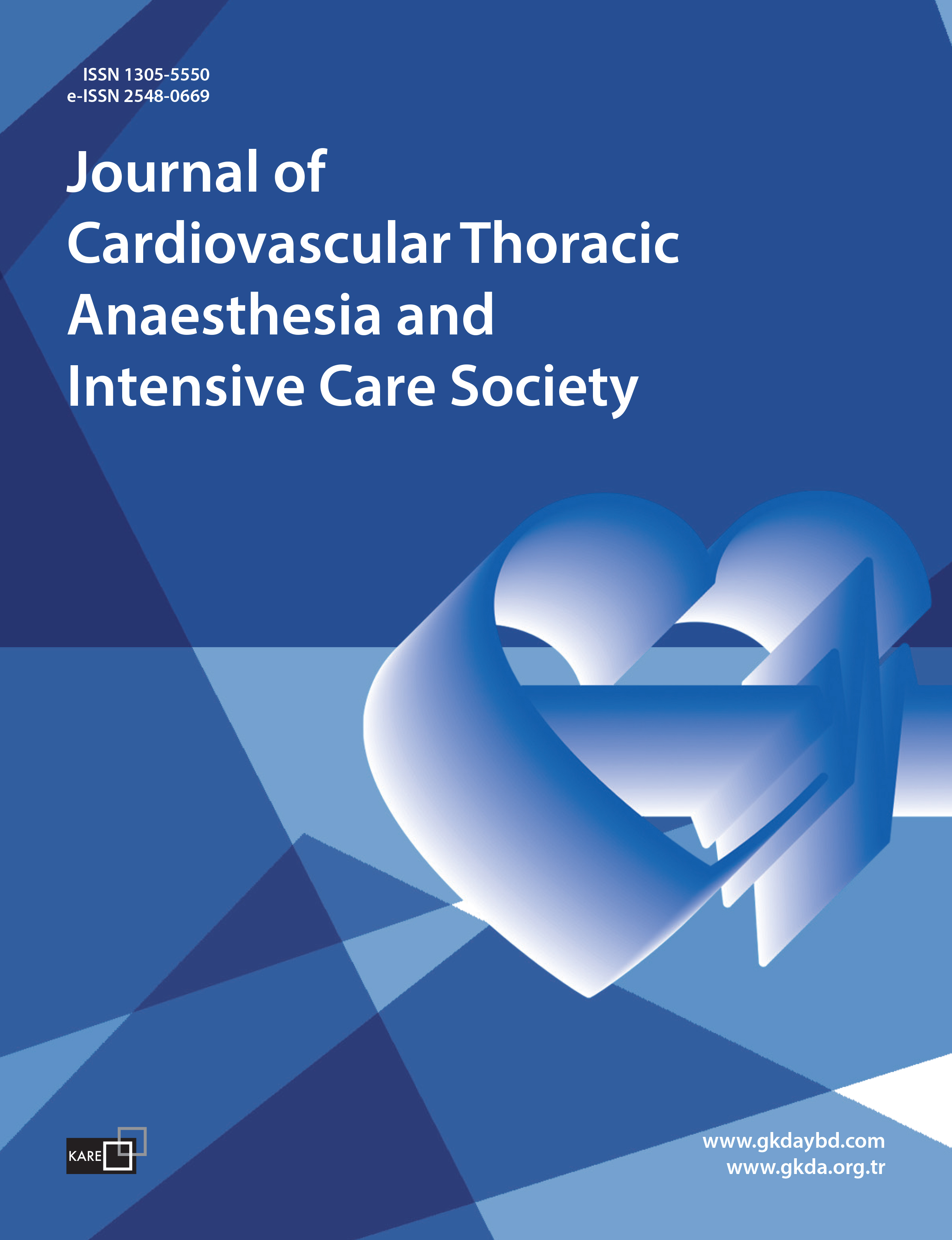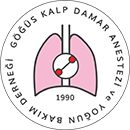

Focused Educational Programs Make a Significant Difference in Applications of Blood Management
Aslıhan Aykut, Muhammed Talha Daşgın, Hülya Yiğit, Zeliha Aslı Demir, Nevriye Salman, Ümit KaradenizDepartment of Anesthesiology and Reanimation, University of Health Sciences, Ankara Bilkent City Hospital, Ankara, TürkiyeObjectives: Bleeding and transfusion in cardiac surgery are serious complications that negatively impact patient outcomes, increasing morbidity, mortality, and costs. This study aimed to determine the changes in blood product usage and patient outcomes in our clinic following the introduction of patient blood management (PBM), component therapy training, and viscoelastic testing.
Methods: Between January 2021 and June 2024, demographic, intraoperative, and postoperative data of patients undergoing open-heart surgery with intraoperative blood loss of at least 1000 mL and requiring red blood cell (RBC) transfusion were retrospectively reviewed. In our clinic, the use of rotational thromboelastometry (ROTEM) was initiated in January 2023, alongside simultaneous training in PBM and component therapy. Patients operated on before (Group B) and after (Group A) this date were divided into two groups, and patient outcomes were compared.
Results: A total of 267 patients were included in the study. There was a significant increase in the use of fibrinogen, prothrombin complex concentrate (PCC), and autologous blood transfusion in Group A (p=0.017, p=0.006, and p=0.033, respectively). Postoperative complications and mortality rates were similar between the two periods.
Conclusion: PBM algorithms recommend targeted and individualized treatments. The use of fibrinogen concentrate, PCC, and tranexamic acid has increased with the implementation of ROTEM-guided blood transfusion algorithms and training in recurrent PBM and component therapy.
Makale Dili: İngilizce
(20 kere indirildi)

















